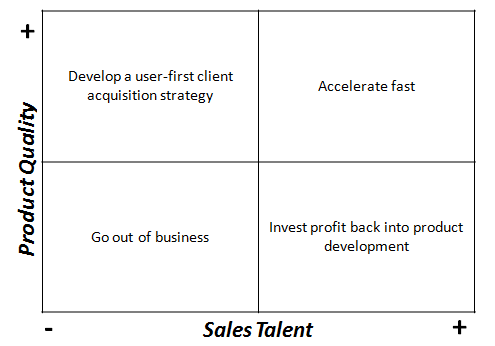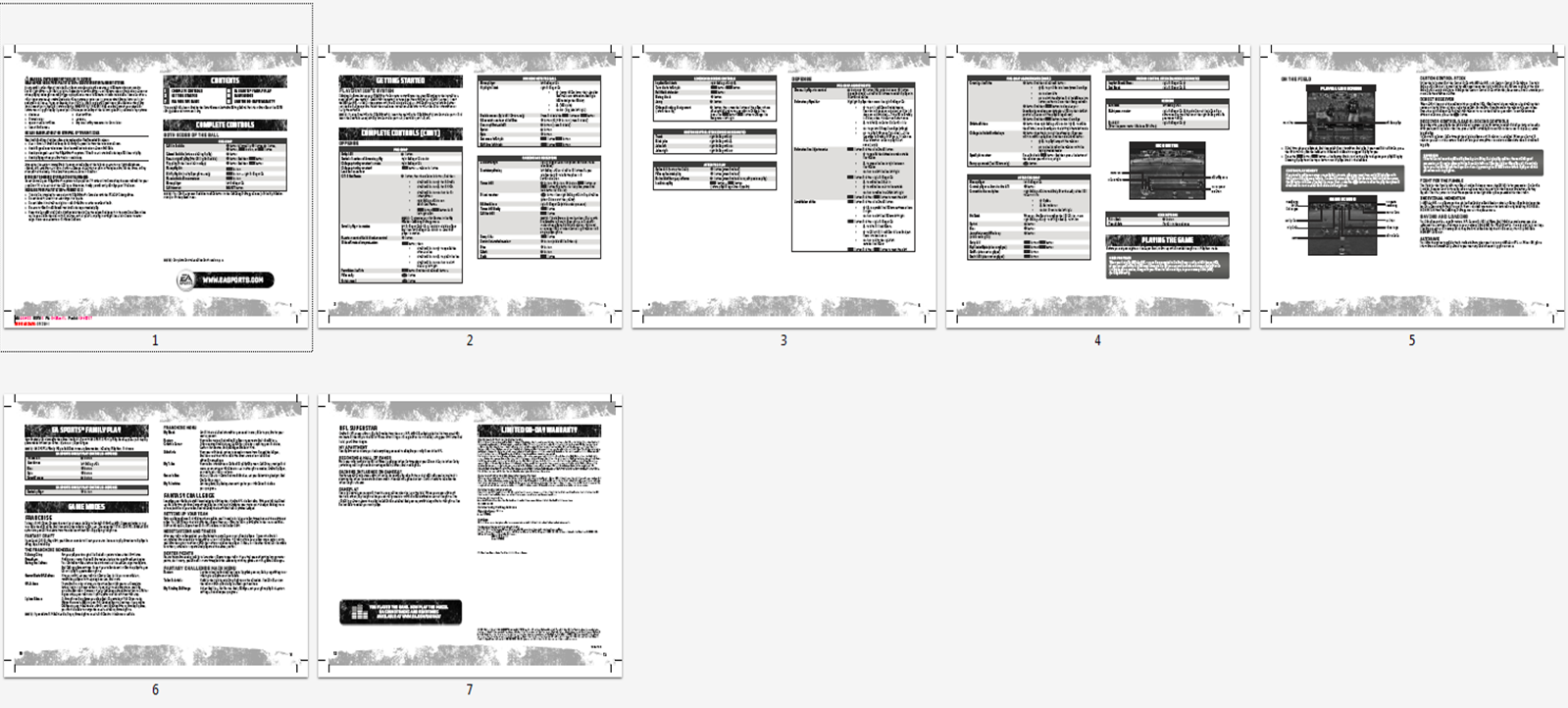Over the last several weeks I've been lucky enough to talk with at least a dozen founders of web startups. It's fun to hear their passion, ask them challenging questions and talk about where they see their products and companies going. The thing that they all have in common is that they love to talk to about their businesses. This is a key component of success in business. Talk to everyone. It reminds me of an experience I had earlier in my career.
Several years ago when I was working with a biotechnology startup we we were looking for a commercial application for a diagnostic device that we were developing. One of the promising applications was to measure levels of e. coli in meat. We believed that we held a market advantage in two areas:
- We could measure these organisms more accurately; specifically, we could reduce the number of false negatives (i.e. if the meat was tainted with e. coli, we were more likely to catch it)
- Our tests were significantly quicker; they didn't require incubation, we could do a test in four hours versus the standard 10 hours
We flew out to Kansas to meet with a potential customer, a large meat processor. We took a tour of their plant, talked to them about our product and everything seemed to be going great. They were interested in the device, it seemed we had identified a pain point that we could address.
But that night, after a few drinks and a lot of steak, we began to hear a much different story. It turned out that the beef companies were actually not interested in reducing the number of false negatives -- because it would increase the number of positive tests. And when there are positive tests, they have to shut down the plant, send people home and clean the entire line. This is extremely costly to them and they didn't want any more line stoppages than they already had. This seemed counter-intuitive to us. If the company let meat with e. coli out their doors and someone got sick, they'd be in big trouble. Surely they were interested in more accurate testing, right?
Not exactly. It came down to the law of small numbers. From our contact's perspective, the odds that the e. coli in the meat would survive the ride to the distribution plant and then the ride to the supermarket and then the ride to a customer's home and then the 5 or 10 minutes on the customer's 500 degree grill was extremely unlikely. Frankly, it wasn't a problem worth really worrying about.
Further, the time advantage we were excited about wasn't all that valuable either. We learned that the plant works in 8 hour shifts, and as long as the meat was tested and ready for the next shift, 10 hours was fine with them. Our time advantage was a 'nice to have' not a 'must have'. And in order to truly win in this business, our product needed to be a 'must have'. In short, by talking to the right guy, we found that we didn't have a market for our product.
The insight we gained from our trip to Kansas wasn't easy to get. We had to fly out there and talk to a real insider, off the record, to determine that we didn't have an advantage. And that's really the moral of this story...when you're working on a startup, talk to everyone that you possibly can. Insiders, outsiders, friends, family, users, anyone that will listen.
You'll be amazed at how much you learn from bouncing ideas off of other people. So often, businesspeople get burnt because they just don't know what they don't know. Talking to everyone prevents you from getting burnt.




